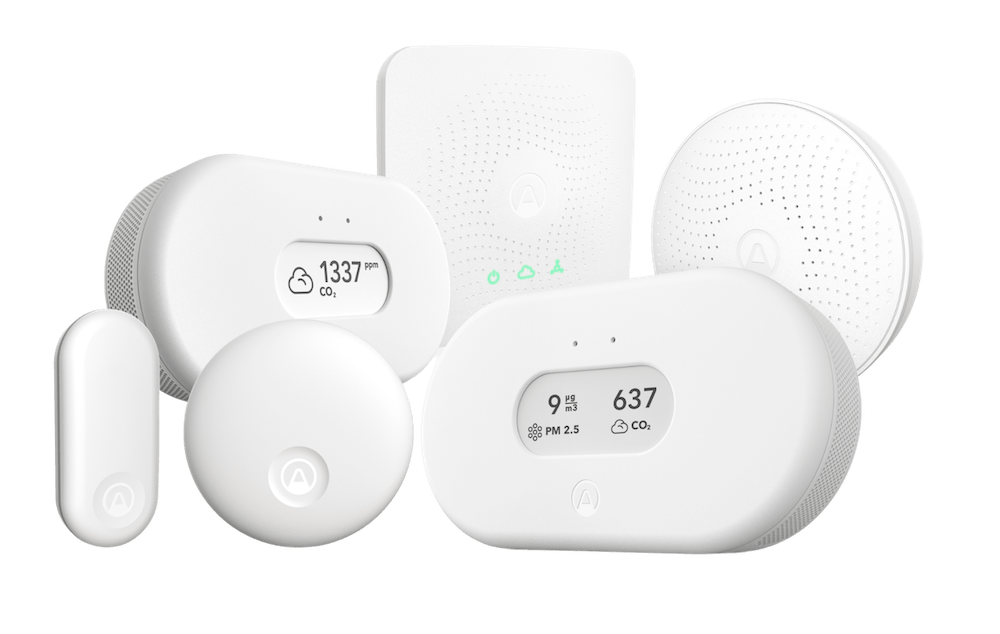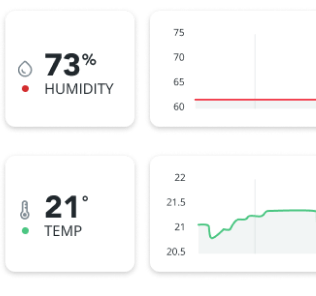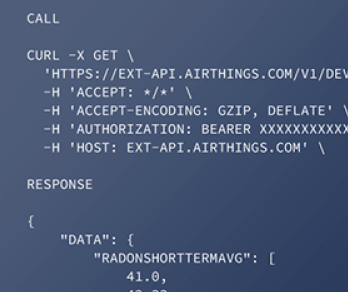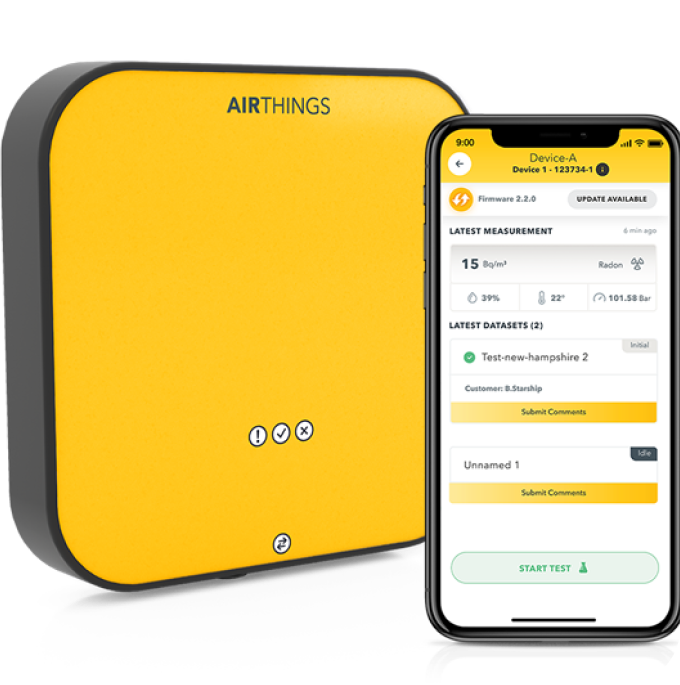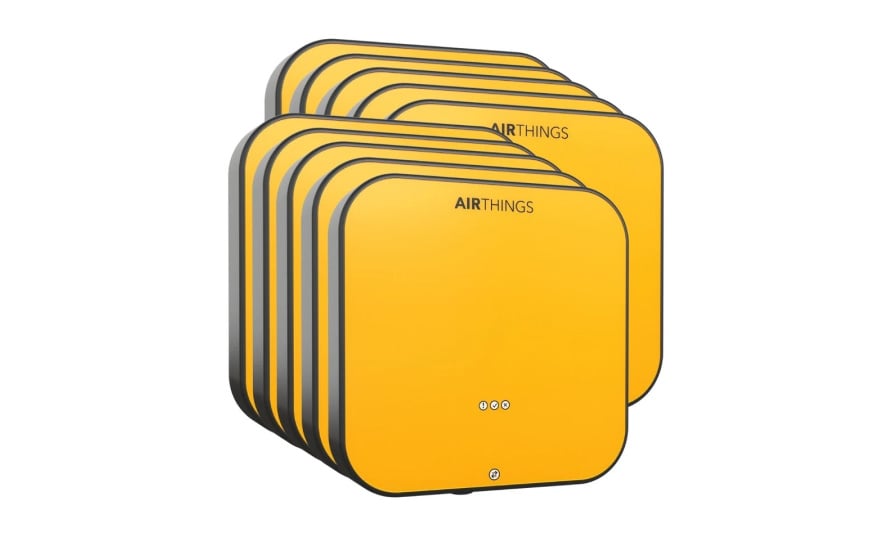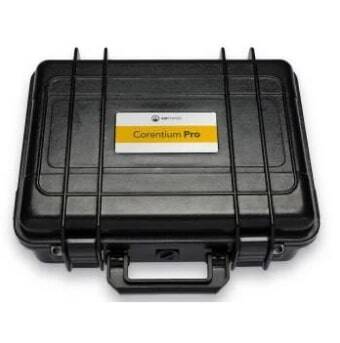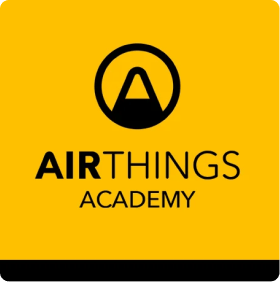Airthings Customer Spotlight: Brett Little
Growing up, Brett Little had never really given much thought to climate change or how everyday activities and habits can impact the planet and our carbon footprint. That all changed when he arrived at Michigan’s Aquinas College. There, friends and colleagues introduced him to topics like global warming and green energy, and he felt compelled to become more involved. Inspired, Brett decided to pursue a Bachelor’s Degree in Sustainable Business and began volunteering at the GreenHome Institute. Their mission to improve the health of homes and buildings motivated him to stay on and become a full-time Program Manager. The connection between eco-conscious decision-making and wellness has remained the focus of his professional life to this day. However, despite dedicating his career to helping builders and local residents implement more eco-friendly lifestyles, one area of green living recently made an impact on Brett’s life in a new and surprising way: radon gas and its relationship with air quality.
Brett has always held an interest in air quality, particularly in relation to the idea of envisioning healthy homes through the comparative lens of a living human body. All humans have lungs, so the “lungs” of the home can be things like fresh air circulation, alternative energy sources, and other methods of infusing healthier air into the home. Though while he’s always been cognizant about air quality through his profession, both outdoors and indoors, Brett never really gave much thought to radon, the radioactive gas which is the leading cause of lung cancer for non-smokers. Through his work with the GreenHome Institute, Brett learned about what radon is and why it’s harmful. But the conversation was always strictly limited to housing programs and residents who lived in “EPA Zone 1,” or the geographic pockets of the United States with the most well-known radon issues. Thus, he never really expected it to be a threat in his daily life.
Brett's Radon Revelation
This started to change when Brett was conducting home inspections with Green Home Institute at properties that were supposedly in “EPA Zone 3,” yet were returning very high levels of radon - including one home with a whopping 26 pCi/L result, more than nine times the recommended maximum threshold by the EPA1. Brett’s eyes began to open to the fact that radon can be a serious issue for anyone, and the EPA Zoning may in fact be a well-intended yet imperfect resource. While these zoning maps are a helpful way to spread awareness, radon’s natural fluctuations make stagnant data inherently inaccurate.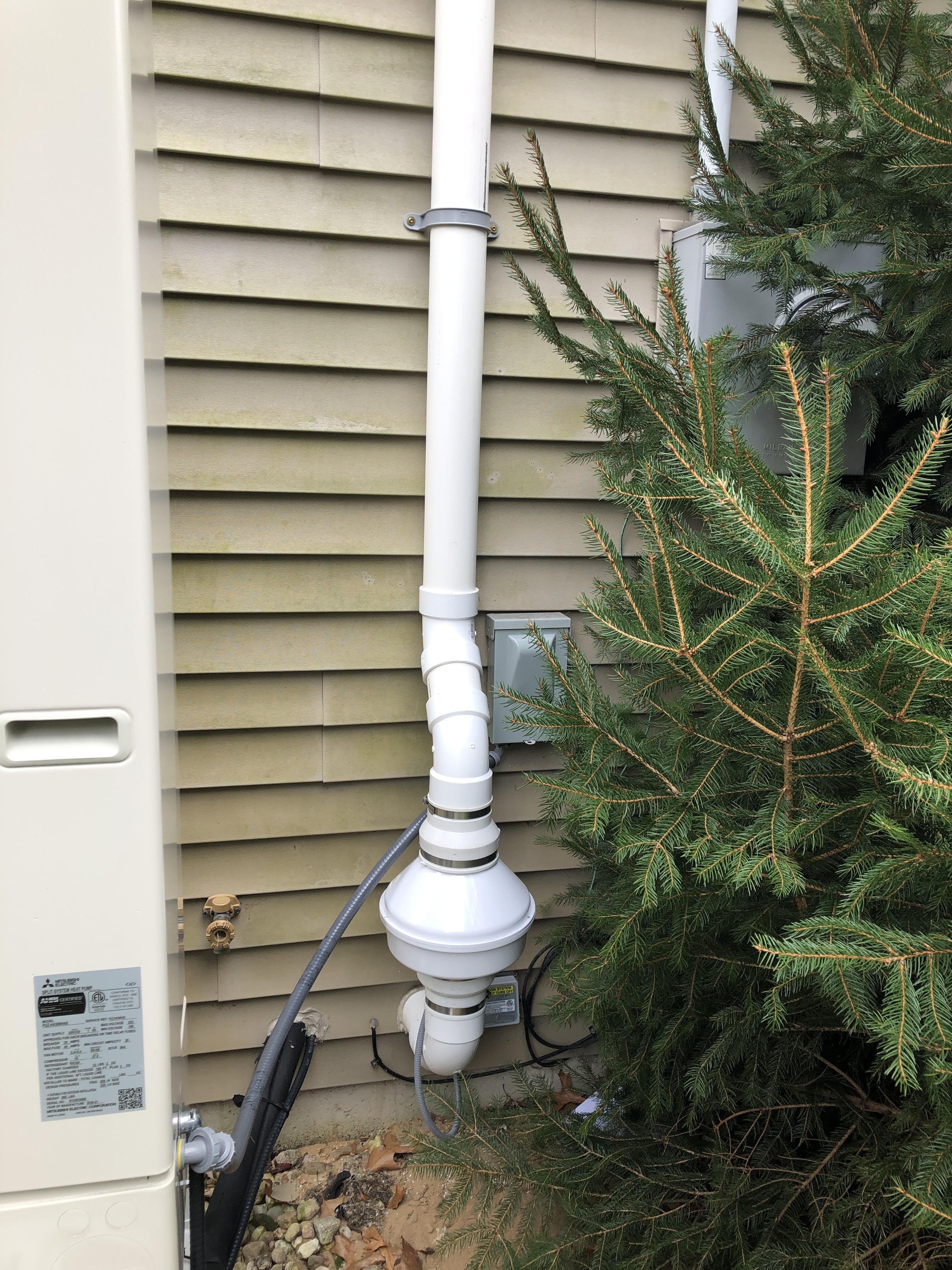
In Summer 2020, Brett received a Wave Plus from Airthings to test his air quality for a “before & after” project at his home in Grand Rapids, Michigan. The previous year, Brett tested his home for radon with a county-provided test kit, which returned a result of 3.3 pCi/L in his basement - right below the recommended EPA action level for radon. When he first set up his Wave Plus, the result was largely the same for the initial few months. But to Brett’s surprise, he began to see a dramatic spike in radon levels beginning in the late fall, when he and his family began keeping their windows closed regularly.
Concerned by this trend, and armed with the knowledge he had gained through his home inspections, Brett immediately set up a radon mitigation system in his home in November, which he thought would solve the issue. He quickly ran into another issue when his home experienced a power outage that caused the fan in his radon mitigation system to stop. After monitoring his Wave Plus device’s data regularly for weeks, he noticed no change in his radon, so he inspected the system and realized it hadn’t been properly installed. Without the continuous monitoring from his Wave Plus, Brett might have never realized that the system wasn’t functioning, thus leaving himself and his family vulnerable to the dangerous levels.
Looking Ahead: Green on the Horizon
Looking back on it now, Brett is very grateful that he had the Wave Plus set up when he did. “If you believe your home is healthy, whether that’s because it’s a new building or because some one told you so, how can you know for sure?” Brett said.
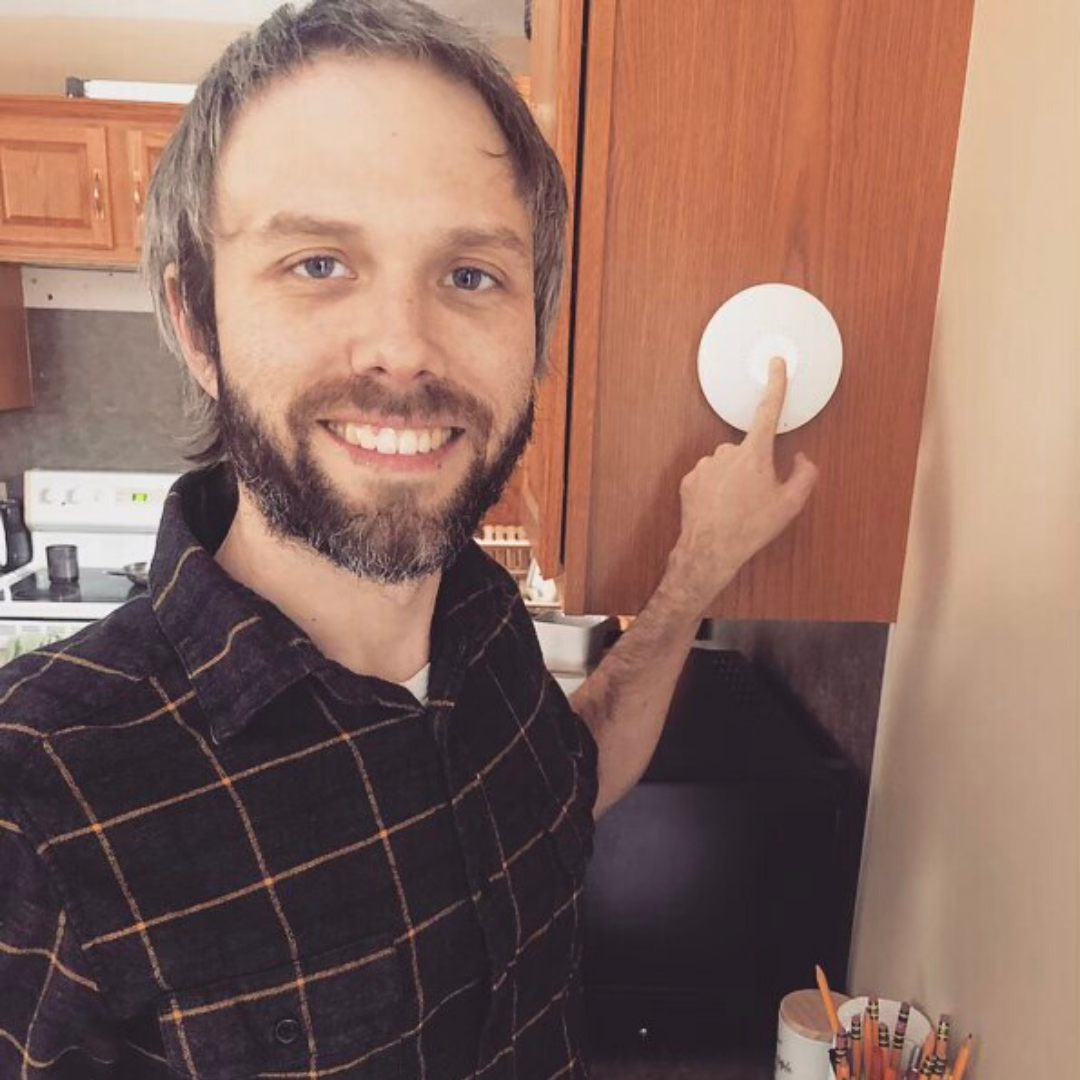
“What I appreciate about Airthings is that you can get the information you need to figure out if there's a problem and make any changes immediately rather than learning further down the line and suffering the consequences.” As for where he sees indoor air quality monitoring in the future, as it relates to healthy homes?
One might say he’s optimistic. "We've got fire alarms and carbon monoxide monitors already, so this is a natural evolution. At some point in the future, this is going to be the norm. And for builders, when it comes to them building smarter and greener, it goes above and beyond.”
Recommendations for a Healthy Home
While there are clear trends towards higher radon in the winter months, radon is still prevalent year-round. This makes it important to continuously monitor radon levels in the home to avoid exposure - even in the summer months.
There are several ways to reduce radon levels in the home before contacting a professional, including: ventilation, sealing access points around doors and windows, caulking entry points, clear natural underfloor ventilation, and sealing cracks. However, if unhealthy radon levels are maintained for more than three months, Airthings recommends contacting a professional. In addition, if dangerous levels of radon are maintained for more than just one month, then a professional radon mitigator should be contacted to ensure the safety of your home.



